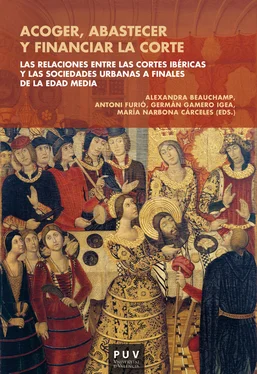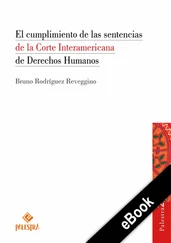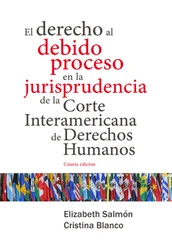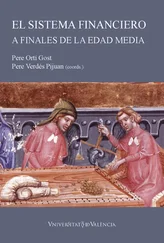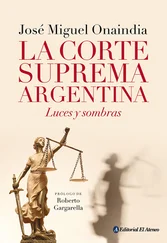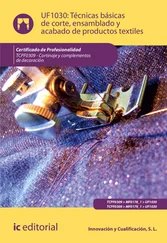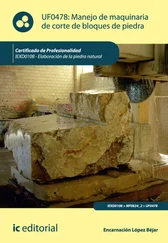1. INITIAL REMARKS
These questions are not easily answered, because each city or stopping place of the royal itinerary had its own governance dynamics and its own urban characteristics. Sources available for the late medieval kingdom of Portugal, nonetheless, suggest a few directions of research that may be useful to the study of other contemporary Iberian courts 1. By moving around in the territories of the kingdom, the medieval monarchs of Portugal were followed in their displacements by several hundreds of people of diverse social status and background. The dimensions of the court varied along the way. Once settled for longer periods, as famously observed by king Duarte (r. 1433-1438), the royal court could easily reach thousands of people. Such large human dimension included many newcomers because the court of Duarte would serve as a centre of attraction for princely and aristocratic households and retinues, including the household of the queen and that of the king’s brothers 2. Many who did not live permanently within the king’s moving retinue would flock to the ruler’s presence. Besides the obvious impact of these numbers in the life of towns and cities of the kingdom, let us consider also what kind of human experiences they evoke for the courtiers themselves.
While analysing the displacement of the human entourage of the king, the concept of a «dislocation» of the court is most useful. The expression «the dislocation of troops», for instance, refers to the complex deployment operations by which the distribution of several entities composing an army is made into a number of different camps 3. In spite of the scattering of its components in a particular terrain, a specific internal order is still kept when an army is in movement. This idea equally applies to the historical realities of the old itinerant courts. We should consider not only the movement of people, animals, or material resources that accompanied the ruler, that is, the logic of their displacement. The order of the court, not unlike that of an army, subsisted in the different locations and conditions of each town or city.
The argument goes against the grain of some often repeated generalizations. In the 1300s and the 1400s, a portrait of abuse and lack of respect of local privileges emerges from the complaints concerning the presence of the court, repeatedly presented by cities and towns in the meetings of the Portuguese cortes or parliaments. These texts propose a lawless and disruptive image of the king’s retinue which has been taken at face value by many historians 4. Aristocratic abuse became consequently associated with an unruly presence of the king’s following in the cities of the kingdom. Those complaints generally referred, however, to the existence of an order to be respected, an order we have yet to reconstruct in all of its detail.
Because if it is true that the royal court was a place, it must be stressed that the court was also a distinctive spatial regime, a universe of rules to be respected 5. These rules were especially important, as argued here, in matters of lodging. In that sense, the itinerant court of medieval and early modern times was a spatial reality that was not confined within locational parameters. It existed, tendentially, beyond and regardless of the characteristics and properties of the places themselves. In other words, the spatial arrangements that the royal court created or recreated in every locality, in every city, was subject to the same quite strict forms of order, and this had important consequences for the life of the courtiers.
For instance, we can easily hypothesize that the movements of the court had an uprooting effect on those who followed the ruler in his regular displacement. But since the royal court always brought to each locality a regimented ordering of space, this order represented a recognizable pattern in everyday life. This could originate a comforting setting for those who lead this type of travelling life as part of the king’s retinue, thus effectively counteracting that uprooting tendency. Such permanence, the existence of reliable forms and rhythms of courtly life, would therefore function as a fundamental stabilizing mechanism in the middle of the constant removal and change that court life entailed.
Late medieval courts, therefore, should not be considered only in their geographical displacements. Following the suggestions of Georg Simmel, the courts of monarchical rulers must be studied also in the «abstract stability» of their spatial regimes, as «pivotal points» 6around which revolved the lives of a few hundred individuals. A good example of this stability would be, for instance, the reproduction of the same set of physical distances around the ruler. Regardless of the variety in the physical layout of the numerous royal residences, daily activities in the royal household required such proxemic rules 7. There would always be in the king’s place of residence a space of restricted access for the royal chamber, and this happened even within a tent or at an improvised temporary lodging. There would be an inner quarter of the wardrobe and treasure. There would be a royal chapel, even if the latter used a local church as a place of worship because the building of the king’s residence did not include a dedicated chapel room. All these entities, organized around the king’s body and physical presence, had a human as well as a spatial dimension. A determined number of servants and officers, carrying in a set number of horses and carts the material implements required by their duties, would «settle» those spaces as prescribed by written rule and custom.
As such, spatial rules were part of the very substance of daily life at court because they allowed for everybody to go about their respective duties and functions, in a way that was deemed appropriate to the king’s dignity and status. The distinctive spatial regime, in fact, also defined the court by clearly identifying, in a variety of possible settings, the presence of the monarch through all the activities surrounding that physical presence. If, as I suggested earlier, we zoom out from the figure of the ruler, this will allow us to realize how rules and spatial regimes also prevailed for the rest of the court. The different status, occupation, and gender groups inside the royal court would tend to reproduce their arrangement and hierarchies in each city where the monarch settled. I will argue in this essay that this was done, among other mechanisms, by regulating and controlling the distribution of the lodgings to the courtiers and royal followers.
2. LODGING THE COURTIERS IN URBAN ENVIRONMENTS
I do not want to suggest with these initial remarks that the characteristics of each city, its singularity in terms of urban landscape and layout, would be unimportant. Quite the contrary. Those realities also contributed to shape the lived experience of the men and women at court. In the case of late medieval Portugal, a few cities – among which Lisbon, Santarém, and Évora – were the most visited in the kingdom. They were also the preferred locations for longer stays of the royal court, a fact that must be taken into account if we want to understand the concrete forms of courtly life in Portugal 8. The characteristics of these three localities imposed some specific solutions that the monarchs sought to replicate elsewhere.
The first characteristic is the existence of permanent residential structures for the king. At least two main royal residences existed in each of these cities. The presence of the king, however, was not only felt in the royal palace(s). Frequent and lasting stays of the monarch in those localities meant that other buildings were available providing a stable siege of activity for the different court departments, rooting them in the urban setting. Several families of the courtly nobility had their own residential buildings in those main cities of royal itinerancy, as did the great officers of the court 9. All of these factors will be in the background, but not specifically considered in the discussion of our initial questions: was the court integrated into the city, and how did the courtiers experience such integration?
Читать дальше
